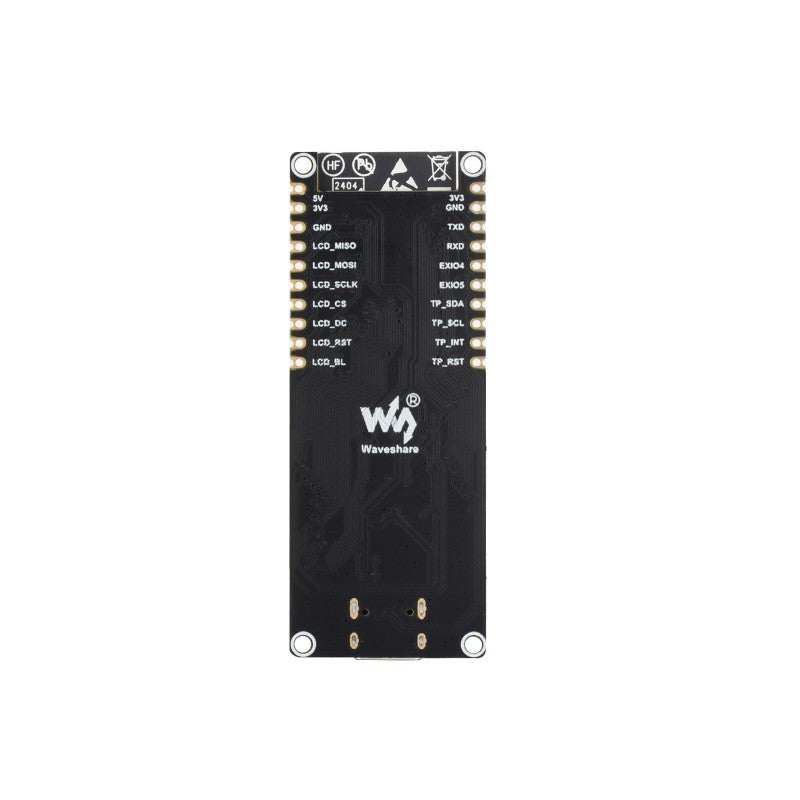WaveShare
ESP32-S3-LCD Development Board
ESP32-S3-LCD Development Board
SKU:E01006-001
• Shipping cost, 29AUD for order < 120AUD
• Shipping cost, free for order up to 120AUD
• Delivery, estimate 12~21 days
In stock
Couldn't load pickup availability
Documents
• Download schematicView full details




Product Overview
The ESP32-S3-LCD-Driver-Board is a compact-size microcontroller development board with 40Pin SPI+RGB and 18Pin SPI LCD connectors. Integrates high-capacity Flash and PSRAM, allows connecting to LCD screen through onboard two LCD connectors, can smoothly run GUI programs such as LVGL.
Adopts ESP32-S3-WROOM-1-N8R8 module, which is equipped with Xtensa 32-bit LX7 dual-core processor with 240MHz running frequency, built-in 512KB SRAM (TCM) and 8MB PSRAM; Onboard ETA6096 high-efficiency Lithium battery recharge manager and MX1.25 lithium battery header, adapting 20pin GPIO header which is compatible with 18Pin SPI screen. Supports expanding various peripheral devices and is easy to use.
You can choose Arduino-IDE, ESP-IDF, or other development environments in software so that you can easily and quickly get started and apply it to the product.
Key features:
- Adopts ESP32-S3-WROOM-1-N8R8 module with Xtensa 32-bit LX7 dual-core processor, capable of running at 240 MHz
- Integrated 512KB SRAM, 384KB ROM, 8MB PSRAM, 8MB Flash memory
- Integrated 2.4GHz Wi-Fi and Bluetooth LE dual-mode wireless communication, with superior RF performance
- Type-C connector, easier to use
- Onboard 40Pin SPI+RGB and 18Pin SPI LCD screen connector, strong compatibility and expandability
- Onboard Lithium battery recharge manager ETA6096 and MX1.25 lithium battery header
- Castellated module allows soldering direct to carrier boards
- Supports multiple low-power operating states, adjustable balance between communication distance, data rate and power consumption to meet the power requirements of various application scenarios







